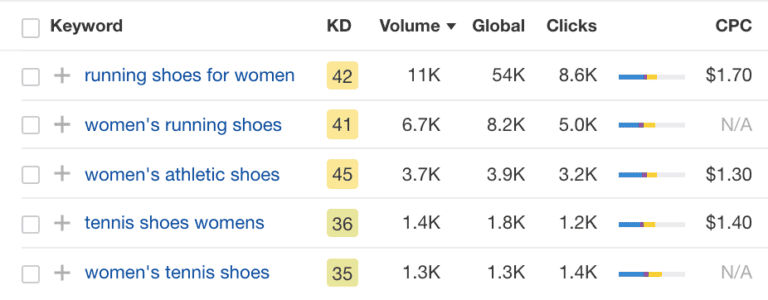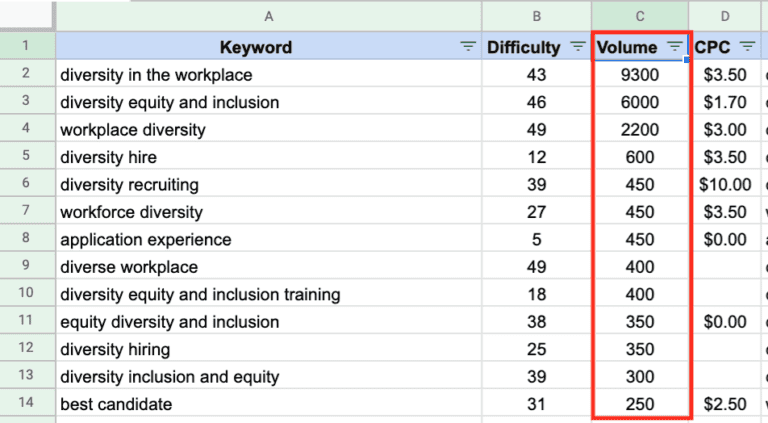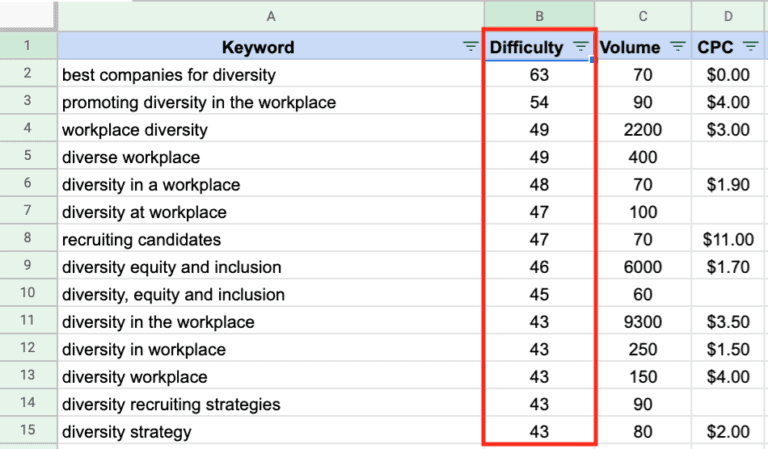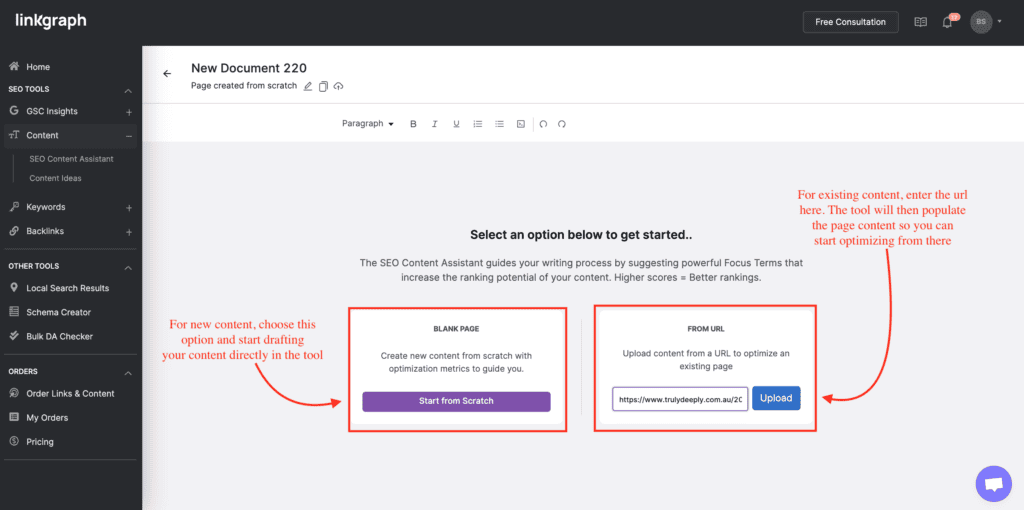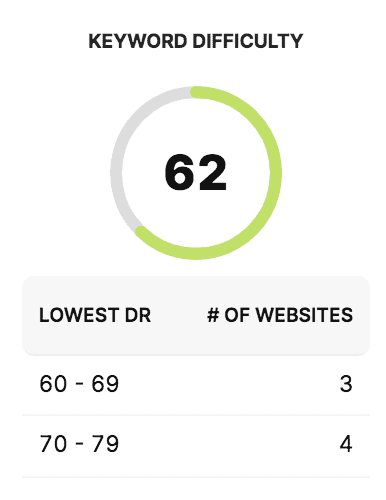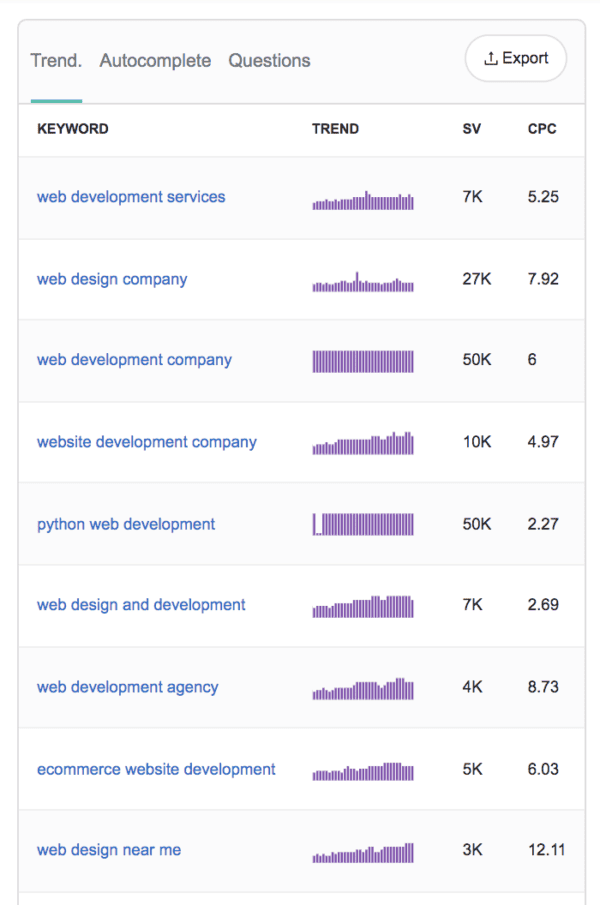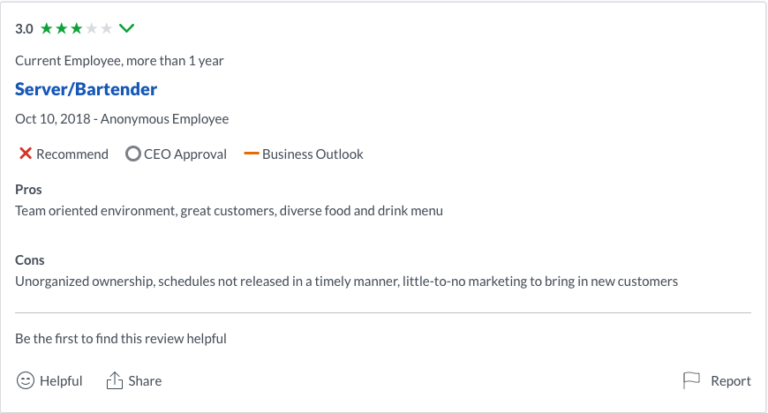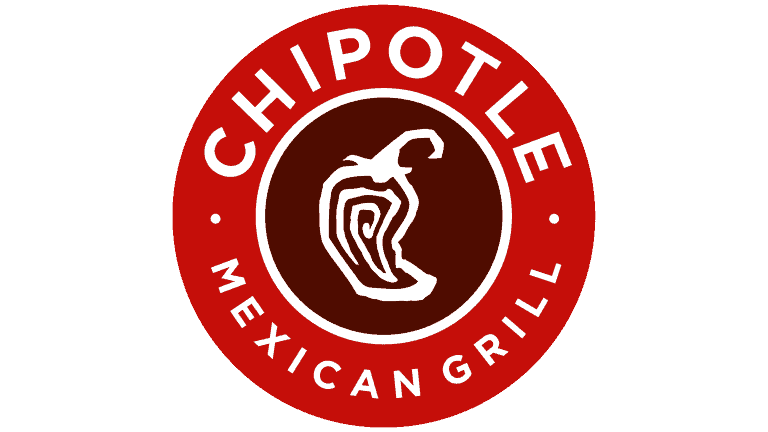For those digital marketers who want to improve their SEO performance, having the right SEO toolkit is essential. Specific SEO strategies like keyword research and content optimization are much easier with the help of the right software tools.
Here are the types of SEO tools and digital marketing tools that your brand or agency should consider investing in to make your SEO campaigns easier and more effective.
SEO Starter Toolkit
1. Keyword Research Tool
The goal of SEO is to increase your site’s keyword rankings in major search engines like Google, Bing, and Yahoo. Keywords are essentially the industry-specific words and phrases that a user will enter in a search engine to find products and services like yours.
However, your brand doesn’t need to rank for every keyword phrase in your industry. Some keywords will be more competitive to rank for than others. Some will have higher search intent, meaning more conversion potential.
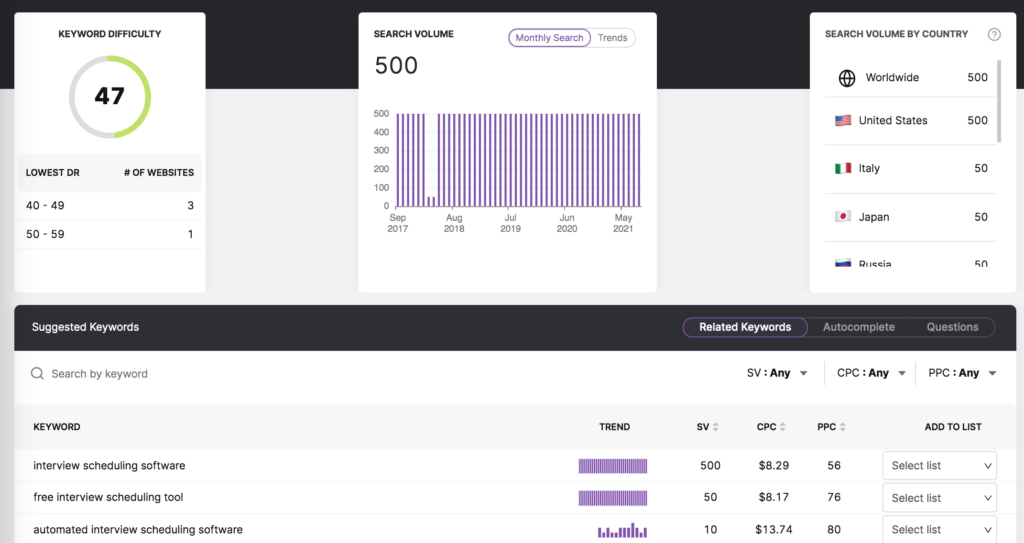
Keyword research tools allow you to explore thousands of keywords to identify those that will be best for your brand to aim for. These tools often have features like “Related Keywords,” “Autocomplete,” or “Subtopics,” so you can easily find keyword alternatives or create keyword lists or keyword clusters.
Some keyword tools you should try out.
- LinkGraph’s Keyword Researcher
- Google’s Keyword Planner
- Search Atlas software suite
2. Content Optimization Software
Optimizing your content for the keywords you hope to rank for is a vital part of any digital marketing campaign. Content tools use natural language processing and machine learning technology to help you create content with more ranking potential.
You can use these tools to create blog posts, landing pages, ebooks, infographics, or anything else that builds trust between your brand and your target audience.
Content tools can work in different ways, but the majority will offer suggested terms and phrases to add in your content to make it more semantically rich. Others will help you write SEO-friendly meta tags like page titles and meta descriptions.
Tools like the SEO Content Assistant combine on-page optimization with AI-content generation to help you produce more content that ranks. If you want to scale of your content production, no other tool can compete.
Here is a tutorial on how to utilize the tool to optimize content for SEO.
https://youtube.com/watch?v=lIYYhrFIlo0%3Ffeature%3Doembed
Some other content tools that will help you with on-page SEO include:
- Search Atlas Chrome Extension
- Clearscope
- If you need high-volume meta descriptions and page titles, try Headlime
3. Rank Tracking Platform
If you want to accurately track your keyword rankings, you’ll need a rank tracking platform. Not only does this kind of SEO tool help you keep up with your own rankings, but you can also monitor how your direct competitors are keeping up with high-value industry keywords.
Tracking your keyword rankings is essential to knowing whether or not your SEO efforts are proving successful. Look for improvements in impressions, average keyword positions, total keywords, and organic clicks to measure SEO success.

Try out these rank tracking platforms to get a more granular picture of your brand and your competitors’ keyword rankings.
- Get comprehensive keyword rankings data from GSC Insights
- See limited competitor rankings in Ahrefs
- Set up your own Google Search Console Account
Advanced Tools for your SEO Toolkit
4. Backlink Checker
Link building is an essential off-site SEO strategy for any SEO campaign but it is more advanced to implement correctly. A backlink is created any time an outside site links to your own website. Assuming that the site providing the backlink has a high domain authority, you’ll receive an SEO boost from it.
A backlink checker allows you to see what sites are linking to yours, the anchor text they are using, and to identify any toxic or spammy links.

Backlink checkers also allow you to review your competitors backlink profiles and benchmark your off-site strategy. Understanding how many backlinks and referring domains your competitors have gives you an idea of whether you can outrank them for high-value keywords in your industry.
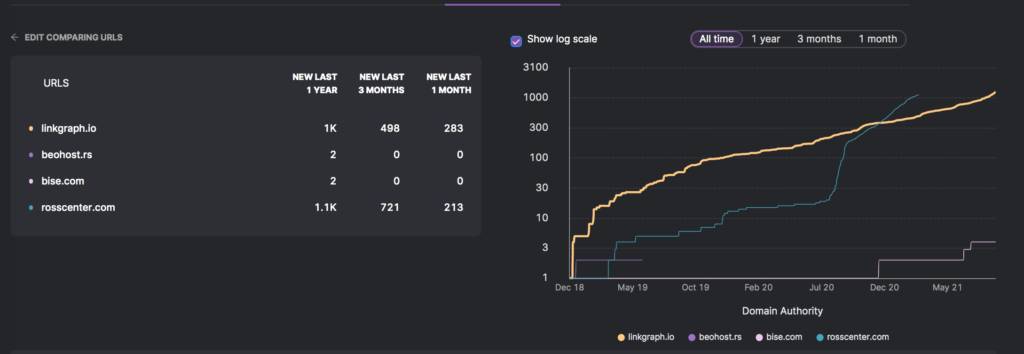
Backlink Analyzer or link building tools:
- LinkGraph’s Backlink Analyzer
- Search Atlas Software Suite
- Moz Link Explorer
5. Schema Generator
Schema markup refers to a structured data vocabulary that helps search engines understand the information on your site when you include it in your HTML code. Search engines rely on schema markup to define people, places, and things online. By adding schema.org markup to your site, your web pages can appear in Google’s rich results, which are more desirable and clickable to users.
Schema is considered a more advanced optimization because it requires knowledge of programming languages such as JSON-LD, RDFa, and microdata. A schema generator tool will do the hard part of adding schema for you. All you have to do is copy and paste the code into the backend of your website.

Here are some schema generators that you can try out.
- Search Atlas schema generator tool
- Google’s Structured Data Markup Helper
- Make sure you check your schema with Google’s rich results test
6. Log Analyzer
A log analyzer is a tool that timestamps all of your software transactions and makes them easily searchable. In the context of a website, a reliable log analyzer will help you find events that share predetermined commonalities.
These commonalities may involve a software issue that you’ll search for in order to get an understanding of the frequency of the problem and how to fix it.
Log data is frequently used to replicate technical issues, so web developers have an easier time correcting them. Once corrections have been made in the fixed app, they’ll attempt to recreate the problem again to test if it’s truly fixed.
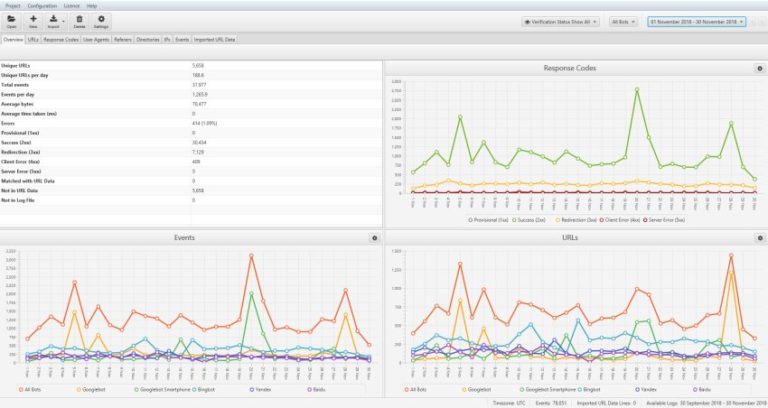
These analyzers save web developers from the incredibly time-consuming process of having to search logs page by page, and a log analyzer is a must-have for your SEO toolkit.
Some popular log analyzers include:
Free tools for SEO Toolkits on a Budget
7. Google Search Console
Google Search Console is a free site analysis tool that should be a part of any SEO professional’s toolkit. This free platform allows you to better connect with Google and understand your site’s SEO performance.

Search analytics will tell you your position in rankings, as well as which queries are most popular with your target audience and most relevant to your existing content. You’ll also be able to submit your sitemap and individual webpages for Google crawlers, to ensure that Google has the most recent versions of all your webpages.
Get started with Google Search Console now.
8. Google’s PageSpeed Insights
Google PageSpeed Insights (PSI) provides reports on your page speeds on both desktop and mobile devices. It also provides suggestions for how your page experience and Core Web Vitals can be improved.
Page load speed is a significant ranking factor for Google, and you need to make sure that your site is mobile-friendly, or you’ll risk losing a huge percentage of your web traffic. In fact, roughly half of all web traffic comes from mobile devices, so you really can’t afford to fail on this front.
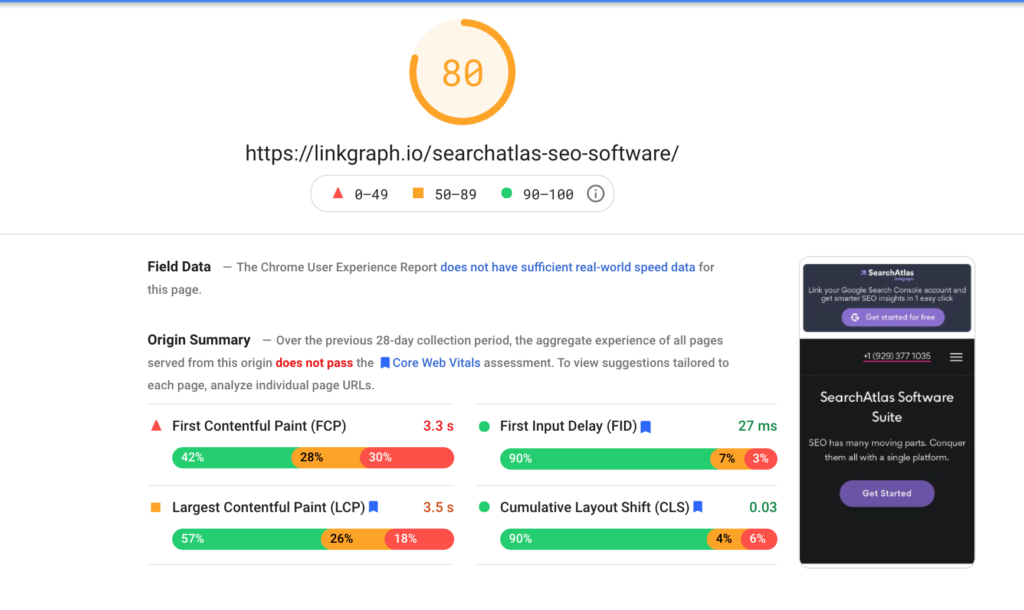
While this tool is incredibly useful, it shouldn’t totally replace your own web testing. PSI won’t take into account how your pages load under unusually high server strain, for example, so you’ll still need to conduct your own tests for unusual situations.
9. Meta Tag Generators
Google relies on meta tags to understand the relevance of your content to keyword searches. Creating optimized, SEO-friendly meta tags can help your pages rank in search engines more often. Meta tag generators can create those tags for you based on a few simple inputs.
Depending on the types of tags that you need will determine which tool that you use. There are meta tag generators for all types of SEO HTML tags including meta descriptions, page titles, hreflang tags, rel canonicals, robots tags, open graph meta tags, and more.
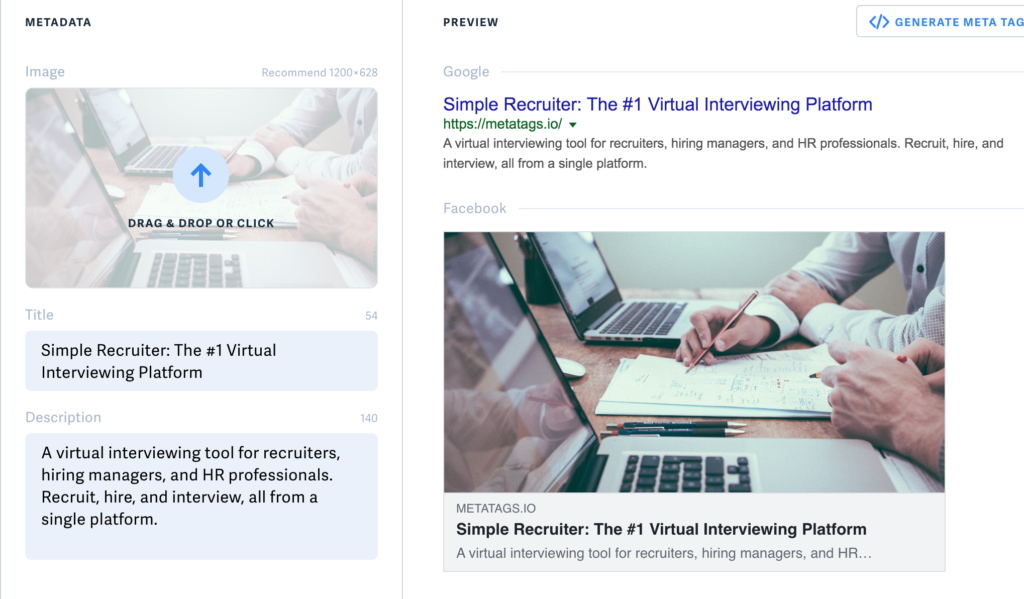
If you want to see meta tags on other web pages, consider downloading a chrome extension that lets you examine what meta tags your competitors are using.
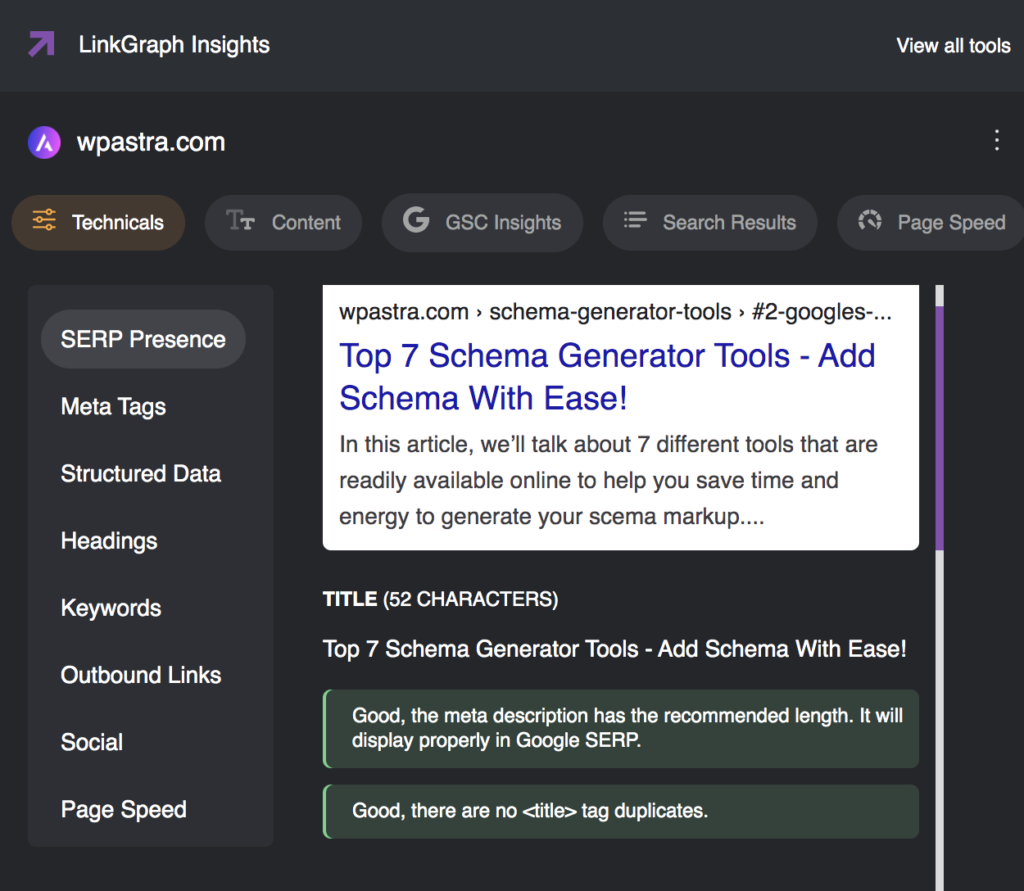
Here are some helpful meta tag tools to help you create meta tags for your own site or review them on other webmaster’s pages:
For Those Looking for an All-in-One SEO Toolkit
10. Search Atlas SEO Software
Having all of the tools that you need in one centralized platform is ideal for those digital marketers who are deploying a full-scale SEO campaign.
If you are in the position of needing multiple tools, investing in a single SEO software platform can prevent you from having to jump around from website to website to patch together your SEO toolkit.
Search Atlas is an award-winning platform from LinkGraph that provides on-page, off-site, and content strategy tools to help you take your SEO strategy to the next level. Start your 7-day free Search Atlas trial, or download the Search Atlas SEO mobile app, and start crushing your SEO goals from a single platform.

